|
JBL 2370A Horn with PRV Audio D280Ti Here is an alternative compression driver for the JBL 2370A, a PRV Audio D280Ti. It is a very affordable driver, almost half the cost of the Selenium D220Ti. According to the spec sheet, the minimum crossover frequency is at 1.8kHz (12dB). With this 2370A, I recommend crossing it at 2.2kHz. At this frequency, no EQ is needed except to level the response. This can easily be achieved with a single capacitor and resistor in parallel.
Fig 1 is the RAW response of the 2370A horn with the PRV D280Ti compression driver. The microphone was on axis with the horn at a distance of 2 FT. No smoothing was applied. This combination is actually slightly smoother than with the Selenium D220Ti. The only drawback is a higher crossover point. It should integrate well with 10″ & 12″ woofers. 8″ woofers will definitely not be an issue.
The Impedance plot of the PRV D280Ti with the JBL 2370A is in Fig 2. It has a beautiful single peak at 1653Hz. This is easier to work with then the Selenium D220Ti. Just a simple conjugate network will flatten this peak.
The top Spectrogram in Fig 3 registers only one hot spot at about 2.7kHz. This corresponds to the peak seen in Fig 1. It doesn’t last long, less than 1msec as shown in the lower plot.
The Waterfall plot in Fig 4 shows artifacts at 3kHz, 6kHz and 15kHz. I doubt they will degrade the sound quality as they disappear by 1msec.
The light blue slices in the ToneBurst Energy Storage (TES) in Fig 5 is another 3D view of the artifacts but expressed in cycles this time. It may appear there’s a lot of “ringing” but bear in mind that the Z-axis is in cycles and not time. In actual use, they are inaudible.
The 2nd Harmonic Distortion (Fig 6) of the PRV D280Ti at 0.445% is slightly higher when compared to the Selenium D220Ti which is at 0.3%. The 3rd Harmonics are almost the same. The Total Harmonic Distortion (THD) from 2nd to the 9th is at a respectable 0.492%. My Thoughts I’m surprised at the performance of this PRV D280Ti. I have no issues using this compression driver if I want to save cost. I would cross the PRV D280Ti at no lower than 2.2kHz (12dB/oct) for robustness. Note: I had to use an adapter to fit a screw mount PRV D280Ti to the JBL 2370A which is a 3 bolt. Fortunately, they mated well. The adapter is an Eminence S2B-A from Parts Express. Unless otherwise stated, all measurements were made in Full Space (4 pi) with the mic at 36 ins, tweeter axis. Impulse Window=5ms. No smoothing applied. |

March 29, 2023Drivers Evaluation, PRO DRIVERS
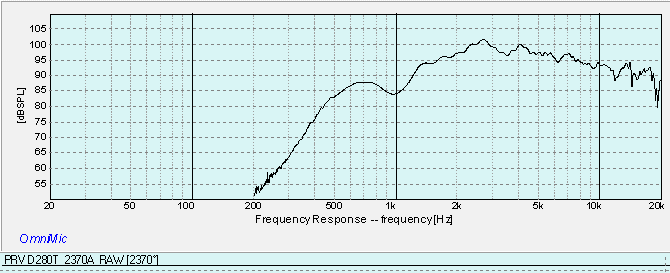 Fig 1 – JBL 2370A with PRV D280Ti RAW Frequency Response.
Fig 1 – JBL 2370A with PRV D280Ti RAW Frequency Response.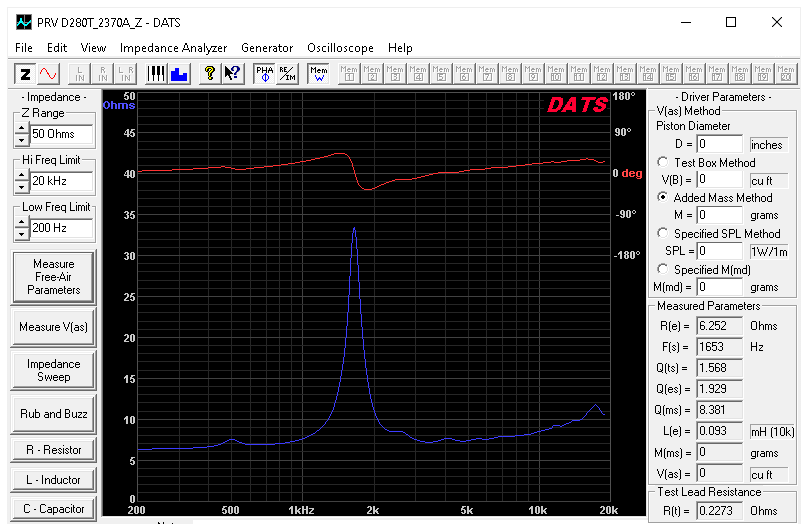 Fig 2 – JBL 2370A with PRV D280Ti Impedance
Fig 2 – JBL 2370A with PRV D280Ti Impedance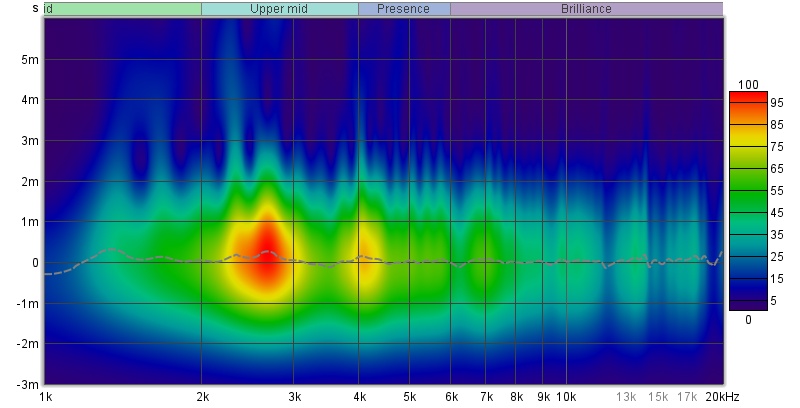
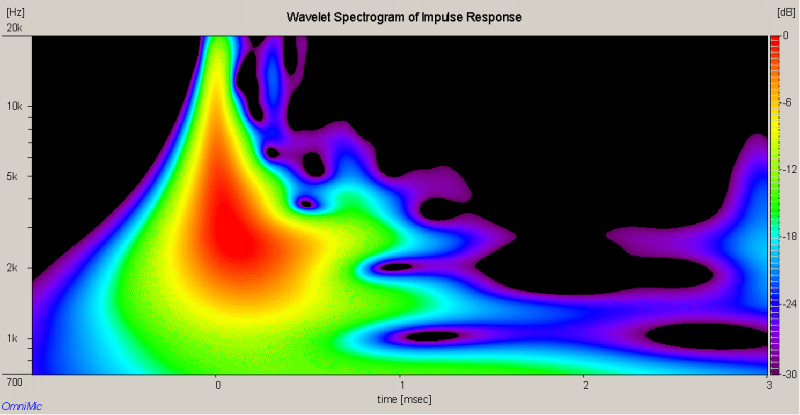
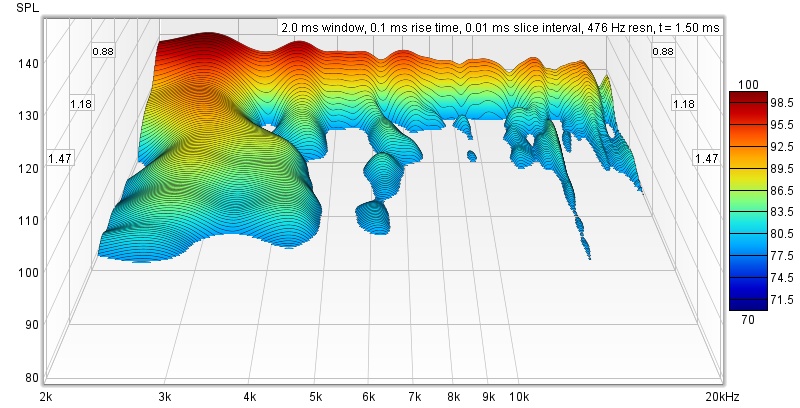 Fig 4 – Waterfall of JBL 2370A with PRV D280Ti
Fig 4 – Waterfall of JBL 2370A with PRV D280Ti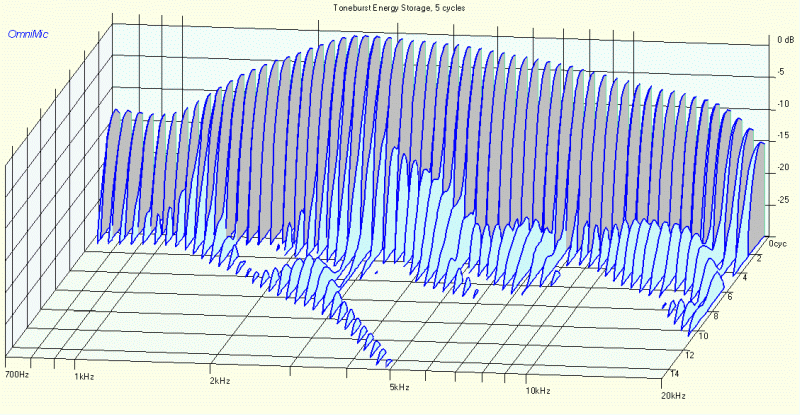 Fig 5 – ToneBurst Energy Storage of JBL 2370A with PRV D280Ti
Fig 5 – ToneBurst Energy Storage of JBL 2370A with PRV D280Ti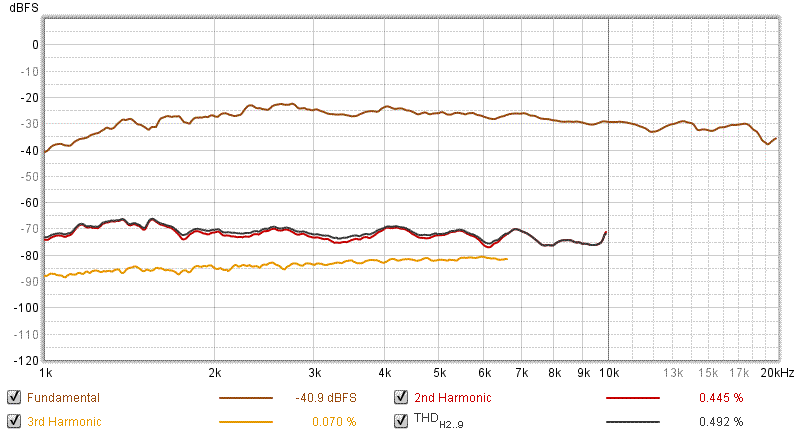 Fig 6 – Harmonic Distortion of JBL 2370A with PRV D280Ti
Fig 6 – Harmonic Distortion of JBL 2370A with PRV D280Ti